Little Red wild brown trout research enlightens with study of redds
BY Jim Harris
ON 03-30-2022
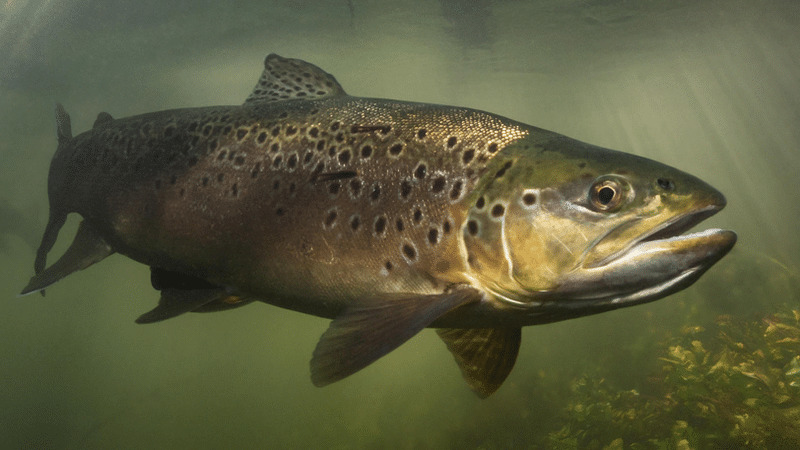
March 30, 2022
Jim Harris
Managing Editor Arkansas Wildlife Magazine
LITTLE ROCK – A study more than five years in the making, complete with mapping and detailed observations of microhabitat characteristics, has been conducted by a University of Arkansas at Pine Bluff researcher that will tell anglers more than they’ve ever known about the spawning habits of wild brown trout in the Greers Ferry Dam tailwater of the Little Red River.
The study is the master’s thesis of Derek Owens, the research assistant for Steve Lochmann, a professor in the department of Aquaculture and Fisheries at UAPB. Lochmann and Christy Graham, the Arkansas Game and Fish Commission’s trout program coordinator, presented details of the study during a meeting of the Arkansas Fly Fishers club, which met Monday, March 21, at the AGFC’s main headquarters.
The same presentation, open to the public, is scheduled for the Heber Springs Community Center on Monday, from 6-7:30 p.m. April 11. Unlike the March meeting, the Heber Springs event will not be live-streamed.
The project was already a year or two underway under a doctoral student who decided to change schools when Lochmann called Owens with the research opportunity at the start of the fall 2018 semester at UAPB. Owens, a graduate of UA-Monticello, had been working as a technician in the AGFC’s Brinkley office and before that had also been a tech in other locales studying crappie and the strawberry darter. He was just waiting for a chance at postgraduate work.
Since that time, Owens has literally studied every inch of the Little Red River from the Greers Ferry Dam at Heber Springs to Arkansas Highway 305, a distance of 30 miles of a trout angler’s paradise. The Little Red has lots of rainbows, too – roughly the same number as brown trout based on electrofishing survey estimates, Graham noted – but this study was aimed at locating and studying the makeup of brown trout redds, the gravely areas where females lay their eggs, the males provide milt, and then cover them with nearby substrate and guard the redds for the 28 days or so it takes the eggs to hatch.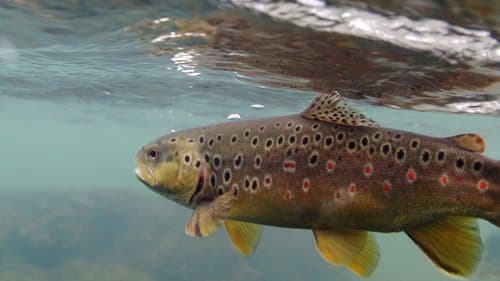
Owens’ observations determined that the females, starting from the end of October to late January, will seek water flowing at about 30 centimeters per second (about the “speed of a baby crawling,” Lochmann told the meeting gathering) and at about a foot or so deep. Once the redd construction is finished, the redds are safe from most changes of water flow, both Graham and Lochmann told a questioner.
Using side-scan sonar and GPS mapping tools and eyeballing the floor of the river, Owens determined the best conditions of structure and substrate for redd formation and counted 2,713 total redds in the 30-mile length studied. The project divided the river into approximately 5-meter by 5-meter cells, in which Owens detailed the type of structure and substrate prevalent in each. At the presentation, Lochmann showed a PowerPoint that included mapping of each cell, colored specifically to its structure and substrate characteristics among four rock size types, and whether each of those small areas was conducive for brown trout to build redds, as well as whether redds were observed.
Owens is finished with his on-site portion of the project and hopes to have all the computer-colored mapping of each cell completed in a few months, he said.
“It’s a very long process, very time consuming,” he said. Scientific literature detailing brown trout redds says the preferred substrate size for them to use when spawning ranges from 2-64 millimeters.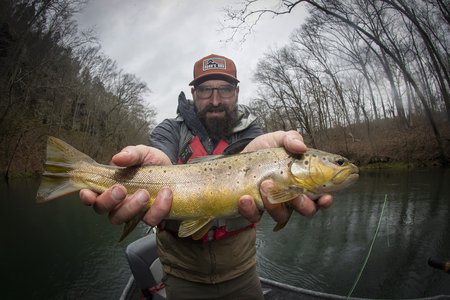
“That’s largely what we saw here,” Owens, who attended the meeting but wasn’t a presenter, said. “Now our average was something along the lines of 35 millimeters [1.4 inches], but what you saw, we had stuff from 2 millimeters [0.1 inches] all the way to rocks within redds that were 100 millimeters [3.9 inches], sometimes a little more. Cobble goes between 64 and 250 millimeters. So, you have larger gravel and smaller cobble that are similar enough that brown trout are able to make their redds.”
Owens concluded from his study that wild brown trout are a determined bunch in populating the river. “You don’t get a wild population or a self-sustaining population since the 1970s without fish that are determined. That’s very evident in this system. There’s a lot of spawning going on in the river, it happens at different locations, and we’re seeing a lot of fish spawn. I’ve actually been in the shoals and had fish swimming between my legs, and I’ve had them hit my waders and things like that.”
Read more about UAPB’s wild brown trout spawn research in the May-June edition of Arkansas Wildlife magazine. Subscribe to the magazine by visiting www.arkansaswildlife.com. The March meeting can be viewed at https://www.youtube.com/watch?v=Hmx9itgUXEM.
Recent News
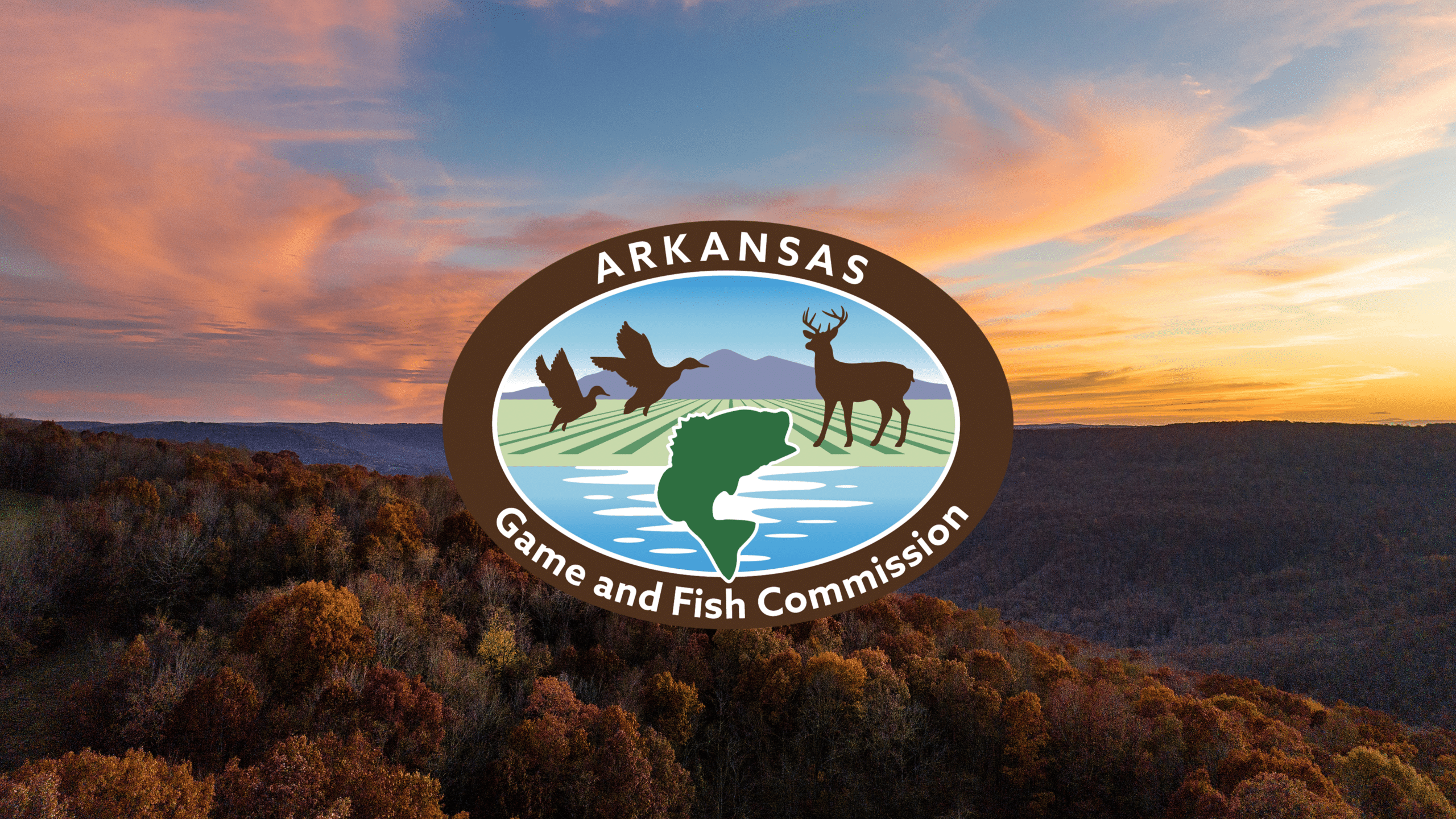
AGFC Commissioner Meeting Notice
Jul. 8, 2025
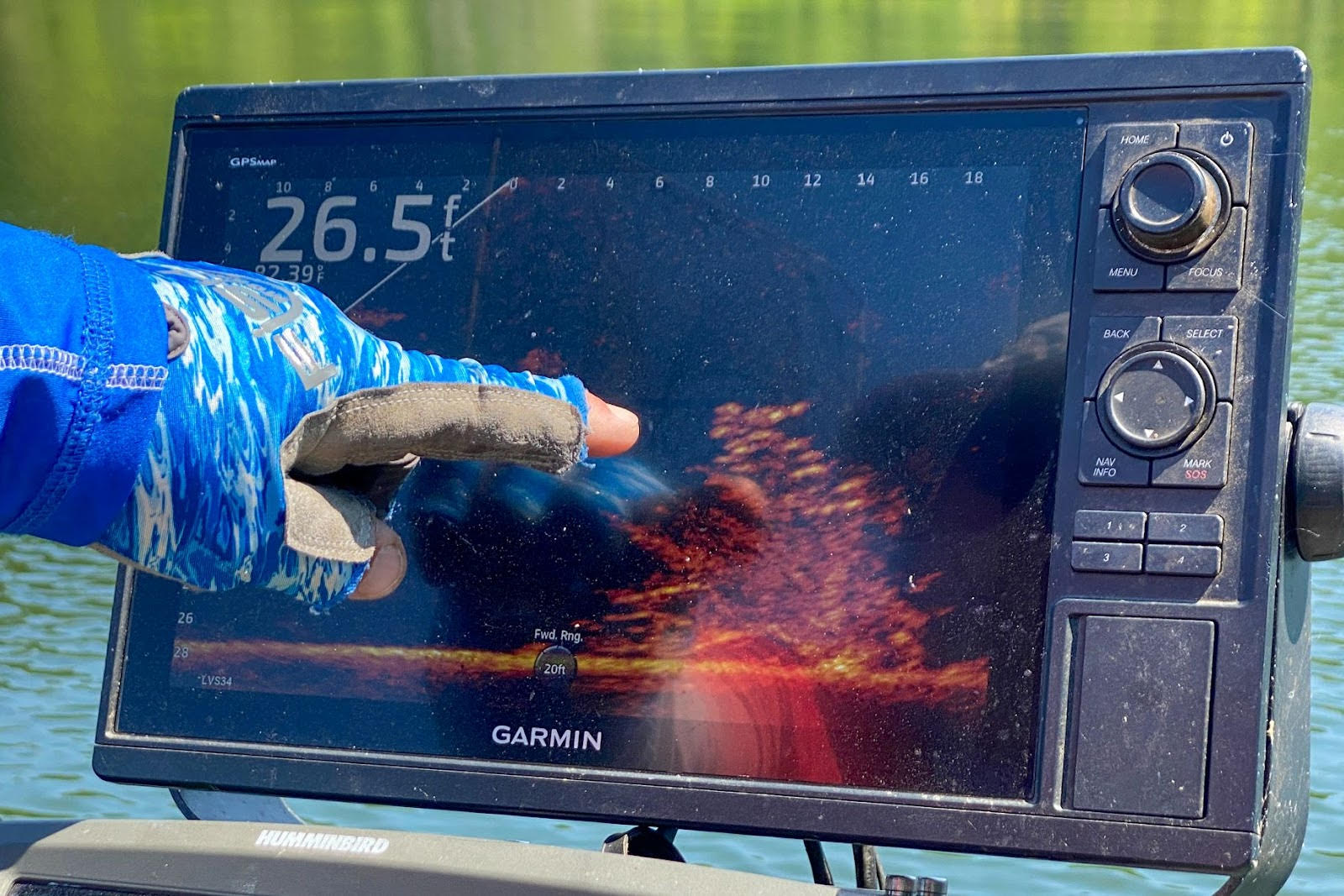
AGFC fish attractors unlock offshore fishing code
Jul. 8, 2025
Subscribe to Our Weekly Newsletter E-mails
Don’t miss another issue. Sign up now to receive the AGFC Wildlife Weekly Newsletter in your mailbox every Wednesday afternoon (Waterfowl Reports are published weekly during waterfowl season and periodically outside the season). Fishing Reports arrive on Thursdays. Fill in the following fields and hit submit. Thanks, and welcome!
